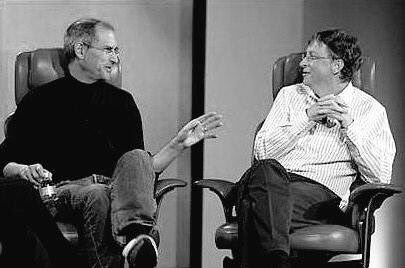What were the greatest trades of all time? Who made them? Here is a list of the who, what, when, where, and how of the greatest trades that were ever made.
While the risk management while executing many of these trades is not what many traders would want, we can see many of these as trend trades and the dangers of fighting the trends. These trades were not all entered into at one time, most of them were built slowly and grew by adding as profits accrued. Livermore made many probing shorts that he had to stop out as the bull market reversed off support and continued upwards. Some of these traders had the sell button ready in case a reversal knocked them out. Some could have been ruined with a little blind sided government intervention that modern day traders are faced with now. But you can not argue with the profits and many of these traders have very long proven records, these were not random trades and they did not just get lucky, most of these were the great play that they landed after decades of research, study, and trading.
1. John Paulson’s bet against subprime mortgages made his hedge fund a cool $15 billion in 2007, that is billion with a ‘B’. he is only one of a very exclusive club that was able to make this call and win with it. That was a call of a lifetime that everyone was blind to even deep into the crises.
2. Jesse Livermore’s call on the Crash of 1929, Jesse Livermore did not need any computer models, technical indicators, or derivatives to make $100 million dollars ($1.2 billion in today’s dollars) for his own personal account during a time where everyone was bullish and then everyone lost through shirts. It is an amazing day when you come home and your wife thinks you are ruined and you had the second best trading day of anyone in history.
3. John Templeton’s invested heavily into Japan during the 1960s, when Japan was beginning its three-decade long economic miracle, Templeton was one of the country’s first outside investors. At one point, he boldly put more than 60 percent of his fund in Japanese assets.
From its foundation in 1954, his Templeton Growth Fund grew at an astonishing rate of nearly 16 per cent a year until Templeton’s retirement in 1992, making it the top performing growth fund in the second half of the 20th century.
4. George Soros’ breaking of the bank of England by shorting 10 billion worth of pound sterling and forcing the U.K. to withdraw from the European Exchange Rate Mechanism (ERM). Soros made $1 billion in the process, which was an unimaginable sum back then. (more…)



 This started as a quirky post but quickly turned into something probably more useful. I admit the post is based on personal experiences. Luckily, I do not make these mistakes any more….at least not very often ;). Enjoy!
This started as a quirky post but quickly turned into something probably more useful. I admit the post is based on personal experiences. Luckily, I do not make these mistakes any more….at least not very often ;). Enjoy!




 As a trend develops, the reactions, or pullbacks, tend to become smaller. Traders looking to enter the trend wait for reactions to place their orders; as the move becomes more obvious, these reactions will get smaller and the increments of trend movement will become larger. When the reaction suddenly is larger, the move is ending; the change in the character of the move signals a prudent exit, even if prices continue erratically in the direction of the trend.
As a trend develops, the reactions, or pullbacks, tend to become smaller. Traders looking to enter the trend wait for reactions to place their orders; as the move becomes more obvious, these reactions will get smaller and the increments of trend movement will become larger. When the reaction suddenly is larger, the move is ending; the change in the character of the move signals a prudent exit, even if prices continue erratically in the direction of the trend.